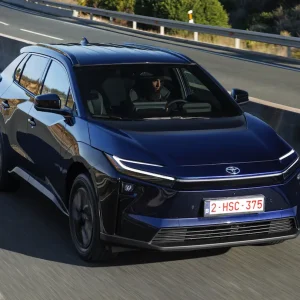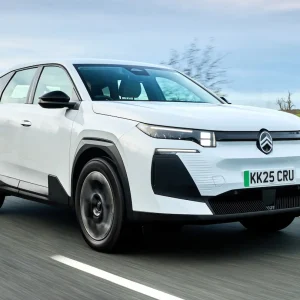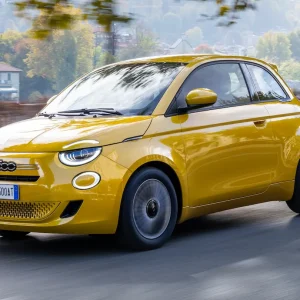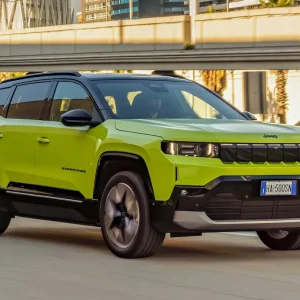Ford thinks this new Mondeo petrol engine gives it a huge opportunity in the business car market, so long as it can coax corporate drivers away from the diesel engines everyone has spent much of the past decade coaxing them into.
Ford has been developing its range of direct-injection lightweight turbo petrol engines under the Ecoboost branding, with the 200hp 2.0-litre being the first to market last year. Ford admits it was unfortunate the 1.6 didn’t come first, as this is the one that fulfils the brief of offering decent running costs as well as good performance, while the 2.0-litre is more of a performance-orientated engine.
But the 1.6 is here now, in the facelifted Mondeo, and it’s a corker of an engine. Ford fleet boss Kevin Griffin is right when he says the biggest challenge is going to be getting the message across that a 1.6-litre engine isn’t a compromise and can provide performance equal to at least a current 2.0-litre. It’s refined and strong, accelerating sharply and proving that smaller-capacity engines don’t necessarily mean any compromise.
Thanks to the three-band loading on diesel benefit-in-kind taxation combined with the petrol engine’s lower P11D price, drivers of this Ecoboost 1.6 unit will actually pay £4 per month less BIK than if they had the 163hp 2.0 TDCi diesel Mondeo. The lower-powered 140hp 2.0-litre diesel Mondeo comes out with identical BIK payments to the Ecoboost at £62 per month for a 20% tax payer.
The fuel economy sums don’t stack up, with the diesel 11.8mpg to the good, but the sum total is a cost per mile for the 1.6 Ecoboost of 51.8p, against 50.9p per mile for the 2.0 TDCi 163 in the same Zetec trim.
Ford‘s new Ecoboost engine is also fitted to the new C-max and will imminently go into the S-max and Galaxy MPV line-ups.
Ford‘s new Ecoboost engines prove there could be life for fleet car users in the petrol motor yet. CO2 and economy still aren’t anywhere near diesel levels yet, but for drivers the BIK equation, skewed by the 3% diesel penalty, makes sense, especially when you factor in the great performance offered by the1.6-litre engine. This is the kind of progress everyone can live with.
|
||||||||||||||||||||||||||||||





